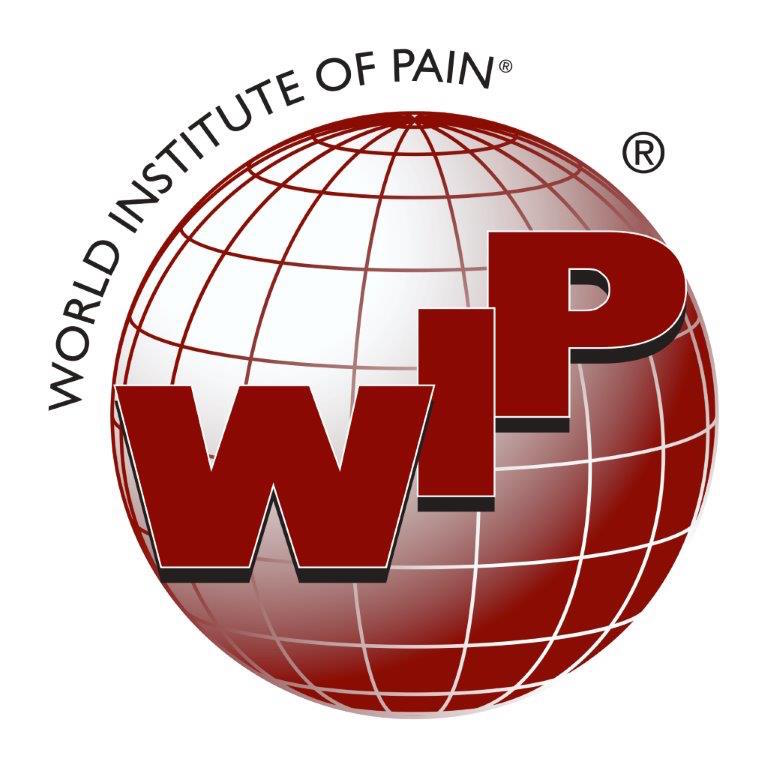The Link Between Stress and Chronic Pain: How to Break the Cycle
May 23, 2025
Chronic pain is more than a physical condition — it’s often deeply intertwined with mental and emotional health. One of the most critical and often overlooked contributors to chronic pain is stress. This relationship forms a self-perpetuating cycle: stress can lead to more pain, and pain can lead to more stress. Breaking this cycle is essential for long-term relief and improved quality of life.
Understanding Chronic Pain
Chronic pain is defined as pain that lasts for 12 weeks or longer, even after the initial injury or cause has healed. Unlike acute pain, which serves as a warning signal of injury or illness, chronic pain persists and can become a condition in and of itself. It may stem from arthritis, fibromyalgia, back problems, migraines, or other health conditions, but sometimes the cause remains unknown.
What makes chronic pain particularly complex is its interaction with the nervous system. Over time, the brain and nerves may become more sensitive to pain signals — a phenomenon known as central sensitization. When stress enters the equation, it amplifies this effect.
How Stress Fuels Chronic Pain
Stress activates the body’s fight-or-flight response, releasing stress hormones such as cortisol and adrenaline. These hormones prepare the body to respond to immediate threats — increasing heart rate, tightening muscles, and heightening alertness.
While this response is helpful in short bursts, prolonged stress keeps the body in a state of high alert. This leads to muscle tension, inflammation, and changes in pain perception, making the body more vulnerable to chronic pain. Key mechanisms include:
- Muscle tension: Chronic stress often results in tight muscles, particularly in the neck, shoulders, and back. Over time, this can cause tension headaches, migraines, and musculoskeletal pain.
- Inflammation: Stress contributes to systemic inflammation, which is a common factor in many chronic pain conditions like arthritis and fibromyalgia.
- Nervous system dysregulation: The brain may begin to misinterpret non-painful stimuli as painful due to continuous stress, a process linked to conditions such as neuropathy and fibromyalgia.
- Reduced pain threshold: Stress reduces the brain’s ability to produce natural painkillers like endorphins, lowering your tolerance for pain.
How Chronic Pain Triggers Stress
Just as stress can cause or worsen pain, chronic pain is itself a significant source of stress. It can impact every area of life — from sleep and mobility to relationships and employment. This creates an emotional toll, leading to:
- Anxiety and depression: Many people living with chronic pain also struggle with mental health issues, which can exacerbate their pain perception.
- Social isolation: Chronic pain often limits activities and social interactions, increasing feelings of loneliness and helplessness.
- Sleep disturbances: Pain can make it difficult to fall or stay asleep, which in turn heightens stress and reduces the body’s ability to heal.
Together, these factors create a vicious cycle where pain and stress feed off each other, making recovery more difficult.
Breaking the Cycle: Strategies That Work
Understanding the link between stress and chronic pain is the first step. The next is actively intervening to disrupt the cycle. Here are some evidence-based strategies that can help:
1. Mindfulness and Meditation
Mindfulness practices — like meditation, deep breathing, or body scans — help bring awareness to the present moment and reduce the brain’s reactivity to pain. Research shows mindfulness can retrain the brain’s pain processing and significantly reduce both pain intensity and emotional distress.
How to try it:
- Start with 5–10 minutes of guided meditation each day using apps like Headspace or Calm.
- Practice diaphragmatic breathing to relax tense muscles and calm the nervous system.
2. Cognitive Behavioral Therapy (CBT)
CBT is one of the most effective psychological treatments for chronic pain. It helps individuals reframe negative thought patterns and develop healthier coping mechanisms. Studies have shown that CBT can decrease pain levels, improve mood, and reduce disability.
How to try it:
- Work with a licensed therapist who specializes in pain or trauma.
- Learn techniques to challenge catastrophizing thoughts and replace them with more balanced perspectives.
3. Regular Movement and Gentle Exercise
Although pain might make you hesitant to move, physical inactivity can worsen both stress and pain. Gentle exercises like yoga, tai chi, swimming, or walking can improve flexibility, reduce inflammation, and elevate mood-enhancing chemicals like serotonin.
How to try it:
- Start small — even 5 minutes of stretching a day can help.
- Focus on low-impact, enjoyable movements that don’t cause a pain flare-up.
4. Sleep Hygiene
Improving sleep is a powerful way to reduce both stress and chronic pain. The body heals and regenerates during deep sleep, and poor sleep is strongly linked to increased pain sensitivity.
Tips for better sleep:
- Maintain a consistent sleep schedule.
- Avoid screens at least an hour before bed.
- Create a calming nighttime routine and optimize your sleep environment.
5. Nutrition and Hydration
Diet plays a key role in both stress management and inflammation. Anti-inflammatory diets rich in fruits, vegetables, whole grains, and omega-3 fatty acids can help reduce pain. Staying well-hydrated also supports joint function and detoxification.
Foods to include:
- Leafy greens, berries, nuts, turmeric, and fatty fish.
- Limit sugar, processed foods, and alcohol, which can trigger inflammation.
6. Social Support and Connection
Loneliness and emotional isolation worsen both pain and stress. Connecting with others who understand your struggles can be incredibly healing.
Ways to build support:
- Join a chronic pain support group, either locally or online.
- Talk openly with friends or family about your experience.
- Consider group therapy or workshops focused on chronic illness and stress reduction.
7. Medical and Holistic Treatments
While lifestyle changes are critical, medical treatments may also be necessary. Work with a multidisciplinary team — including doctors, pain specialists, physical therapists, and psychologists — to find a comprehensive plan. Acupuncture, massage therapy, and biofeedback have also shown promise in managing pain and stress.
Final Thoughts: Healing Is Possible
Breaking the cycle of stress and chronic pain is challenging, but not impossible. It requires a holistic approach that addresses both the body and the mind. By incorporating stress-reducing strategies and making small, consistent lifestyle changes, you can start to reclaim control over your health.
Chronic pain doesn’t define you. With the right tools and support, you can ease your discomfort, calm your nervous system, and create space for healing and resilience. The journey may not be linear, but every step forward matters.







